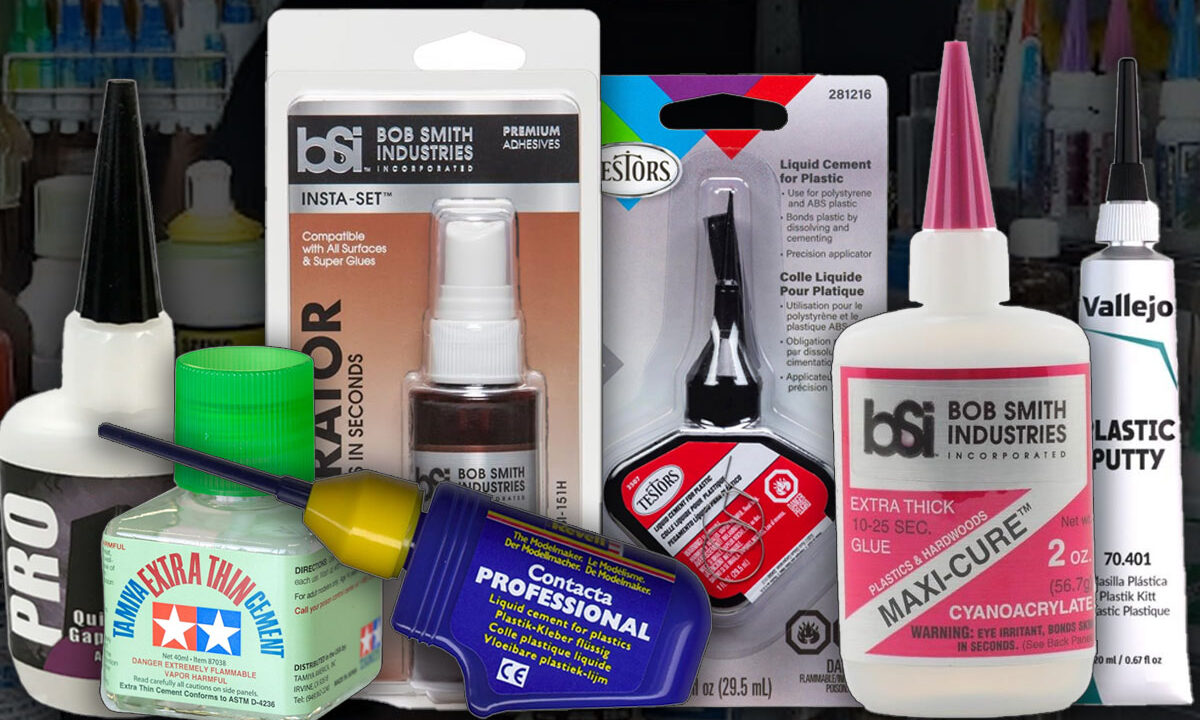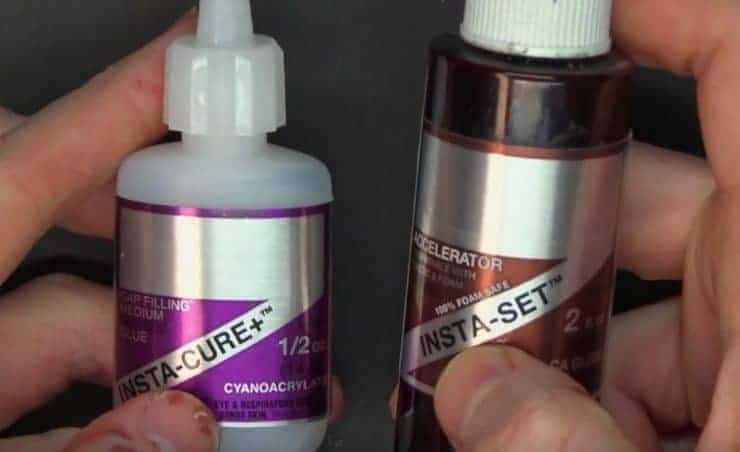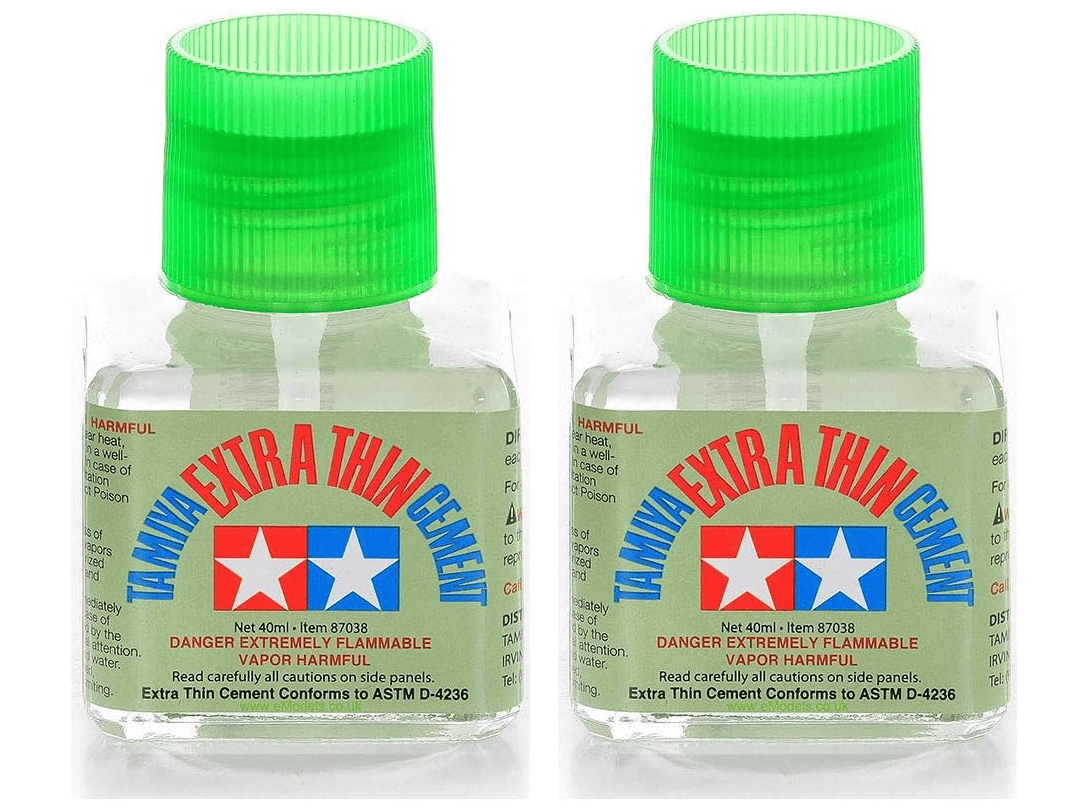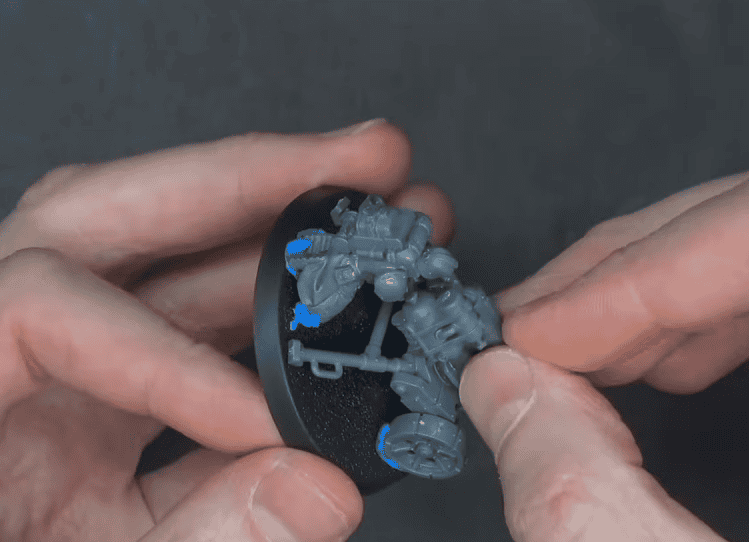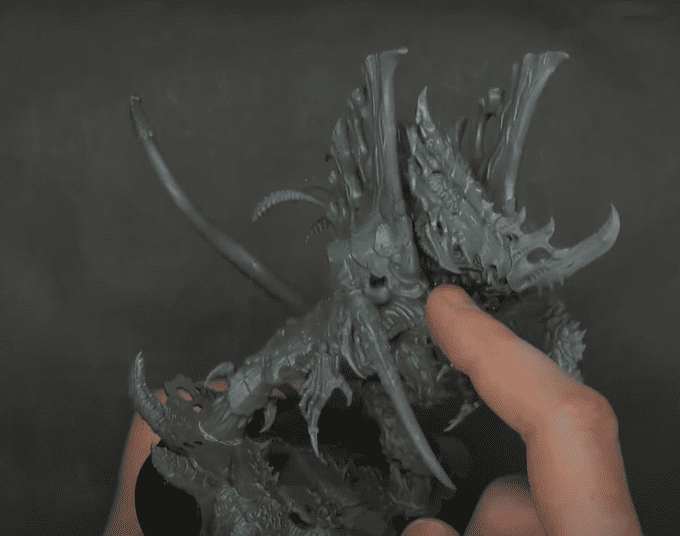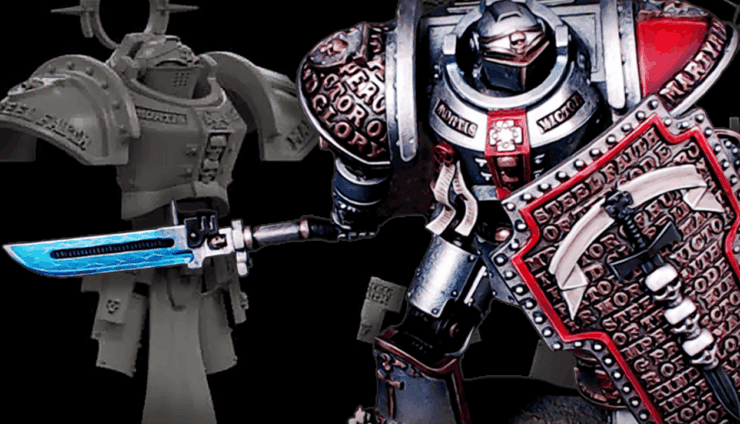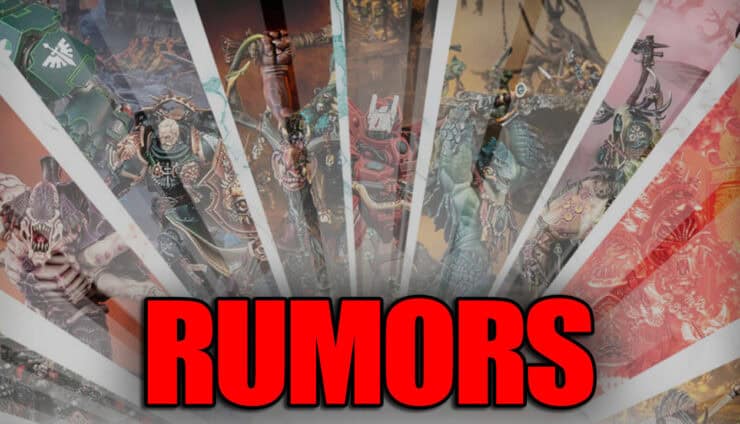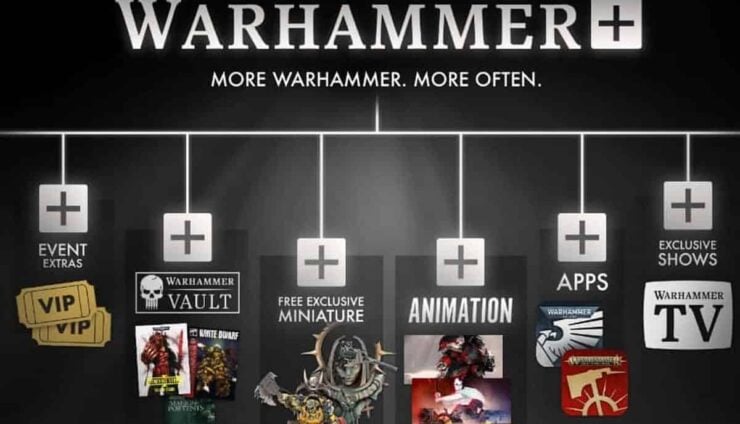If you’re struggling to find the best glue for miniatures and model kits, check out these expert picks for plastic model glue, glue for PLA miniatures, and more!
Gluing miniatures shouldn’t feel like an impossible boss fight, but using the wrong adhesive can turn your masterpiece into a wobbly disaster.
The right glue makes all the difference, and this guide will help you pick the perfect one, whether you need plastic model glue, something strong for Warhammer miniatures, or a reliable option for PLA prints.
No guesswork, no frustration, just solid, stress-free assembly. Let’s break down everything you need to know about the best glue for Warhammer 40k.
Understanding Model Glue
Updated on November 6th, 2025, by Rob Baer with the latest products.
What is model glue, and why do I need it, you ask? Model glue is a specially formulated adhesive designed to bond miniature components, whether they’re plastic, resin, or metal.
Unlike your run-of-the-mill glue stick, it works at a molecular level to create a strong connection between surfaces. Some types even slightly melt plastic to create a chemical bond that’s as solid as a rock (or at least a well-built fortress).
Types of Glues for Miniatures
Different materials require different adhesives. Using the wrong glue can lead to weak joints or, worse, a mess you’ll regret. Here are the main types you’ll encounter:
- Plastic cement – A must-have for plastic model kits. It works by melting the plastic slightly, ensuring a tight bond. Great for durability, but unforgiving if you make a mistake.
- Cyanoacrylate (super glue) – The go-to for resin and metal miniatures. Sets fast and bonds strong, but can be brittle under stress.
- PVA glue – Not ideal for miniatures but useful for basing and terrain. Dries clear and flexible.
- Epoxy resin – Overkill for most projects, but great for heavy-duty bonding. Takes longer to cure but holds strong.
Best Glue for Miniatures: Different Materials
Plastic parts refusing to bond? PLA miniatures popping apart? Resin and metal pieces laughing at your feeble attempts? Here are our picks for the best glues for miniatures, based on years of hobby practice.
Best Plastic Glue for Warhammer

These work by chemically welding the plastic pieces together, creating a bond stronger than the plastic itself. If you need something with a little more grip time, Revell Contacta is another solid choice.
When applying plastic cement, use a fine applicator or brush to avoid excess glue spilling onto unwanted areas. Let the glue set properly before handling to ensure maximum strength.
Working in a well-ventilated space is also recommended, as the fumes can be quite strong.
Glue for PLA Miniatures

For large joins, adding a little baking soda before applying the glue can increase strength.
To enhance adhesion, consider lightly sanding the surfaces before gluing. PLA can have a smooth finish that sometimes resists bonding, so roughing it up slightly can create a better grip.
If you need a longer working time, some CA glues come with a slower setting formula to allow positioning before the bond fully forms.
Resin and Metal Miniatures
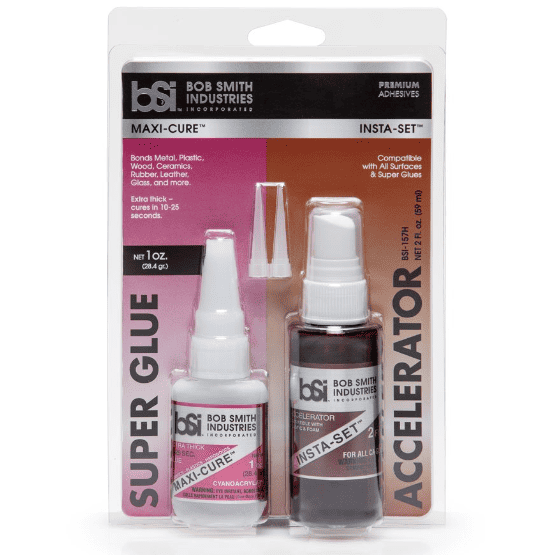
Before gluing, wash resin miniatures with warm, soapy water to remove any residual mold release agents.
This ensures a better bond. For metal miniatures, lightly filing or scoring the contact points can improve adhesion by giving the glue more surface to grip onto.
Using the Insta-Set accelerator can also speed up curing time for instant results.
Top Recommendations for Model Glue
 Best Glue for Plastic Models
Best Glue for Plastic Models
- Tamiya Extra Thin Cement – Excellent for precision work and strong bonds. This is our pick for the best glue for model kits. It’s also our favorite plastic glue, specifically designed for miniatures.
- Testors Model Glue: Plastic Cement – Thicker formula for those who prefer a little more working time, and the de facto model car glue pretty much since the start of that hobby.
- Revell Contacta Professional – A good balance of control and strength.
Best Glue for Miniatures
- BSI Purple Cap Super Glue – Hands-down the best glue for resin miniatures and metal. Also, a great glue for PLA models and 3d printed parts.
- Gorilla Super Glue Gel – Strong, easy to control, and widely available.
- Loctite Ultra Gel Control – Great for fine details and hard-to-glue parts.
Specialty Glues for Unique Applications
- Vallejo Plastic Putty– Apply a small amount, which works well for gap filling on miniatures (see how to fill gaps with it here).
- E6000 Adhesive – More of an epoxy glue, it’s flexible and extremely strong, good for heavy models, dioramas, or mixed materials.
- BSI Purple Cap Super Glue – Ideal for large resin or metal kits that need serious reinforcement.
Tips for Choosing the Best Glue for Model Kits
 Factors to Consider When Picking the Best Glue for Model Kits
Factors to Consider When Picking the Best Glue for Model Kits
- Material – The glue must be compatible with the model’s material. Plastic cement for plastic, super glue for resin and metal.
- Drying Time – Need time to adjust parts? Go for slower-setting glue. Want instant bonding? Grab super glue.
- Precision – Thin glue with a brush or needle applicator helps avoid messy bonds.
- Strength vs. Flexibility – Some glues create rigid bonds, while others allow slight movement—important for models that might take impact.
Common Mistakes to Avoid
- Using too much glue – More glue doesn’t mean a better bond. Excess glue weakens the joint and creates a mess.
- Ignoring drying time – Rushing can lead to misaligned parts and weak bonds.
- Choosing the wrong glue – Not all super glues work the same, and plastic cement won’t help with resin models.
- Not prepping surfaces – For metal and resin models, lightly sanding the bonding areas can improve adhesion.
 FAQs
FAQs
- How to glue split model 3D prints? Use super glue or epoxy for the best hold. If the split is large, reinforcing it with baking soda before applying glue helps strengthen the bond.
- Can I use super glue on plastic models? Yes, but plastic cement is usually a better choice since it chemically bonds the plastic. Super glues like the Army Painter work in a pinch, especially for quick fixes.
- Does Gorilla Glue work on plastic models? Not all Gorilla Glues are ideal. The super glue gel version works well, but the expanding polyurethane formula is a nightmare for models. Stick with cyanoacrylate versions.
- What is the best glue for miniatures? BSI Purple Cap Super Glue is highly recommended for its precision and strength.
- What is the best glue for metal miniatures? Super glue works well, but for extra durability, epoxy glue adhesives provide a stronger hold.
Final Thoughts From Us: Best Glue for Miniatures
Picking the right glue for miniatures is a game-changer for model building. For plastic models, go with plastic cement like Tamiya Extra Thin Cement. For miniatures, BSI Purple Cap Super Glue is a solid bet.
If you’re working with large resin or metal models, epoxy might be your best friend. The right adhesive makes all the difference, so choose wisely and keep your models standing tall!
List Best Hobby Tools You Should Try!
What is your favorite type of model glue for miniatures, PLA, and Warhammer?
